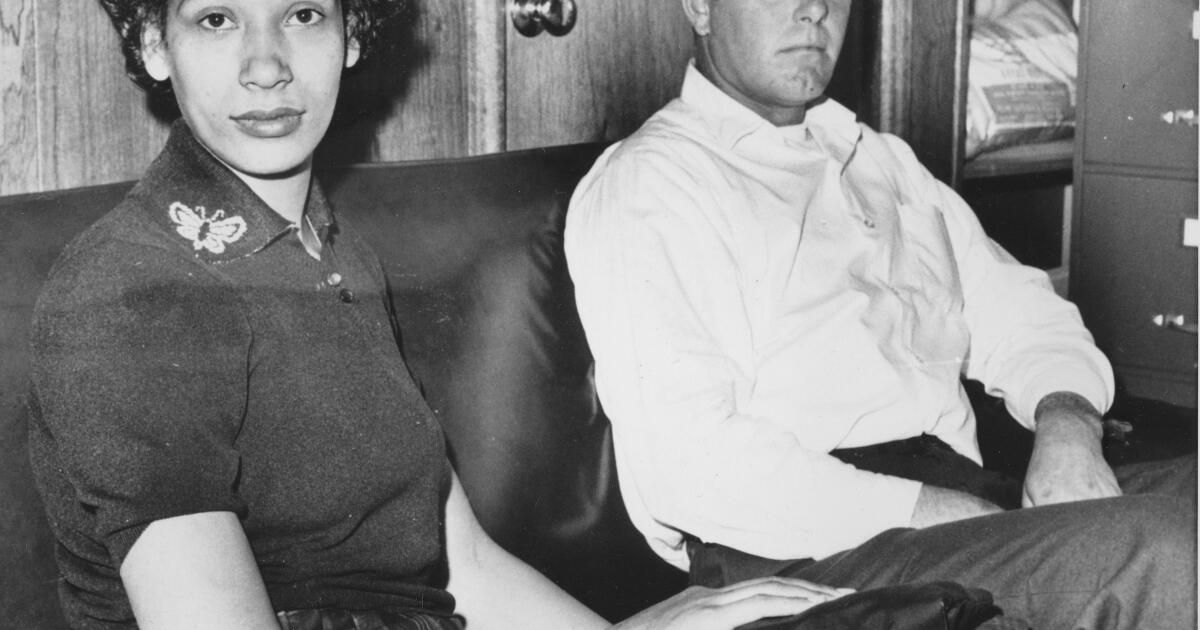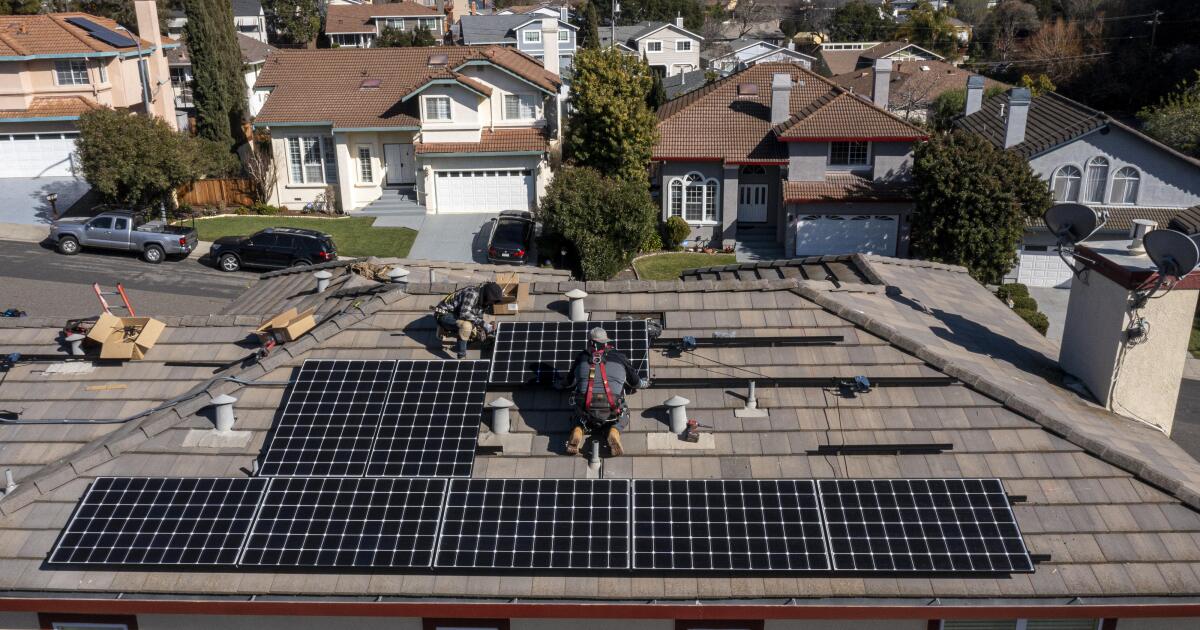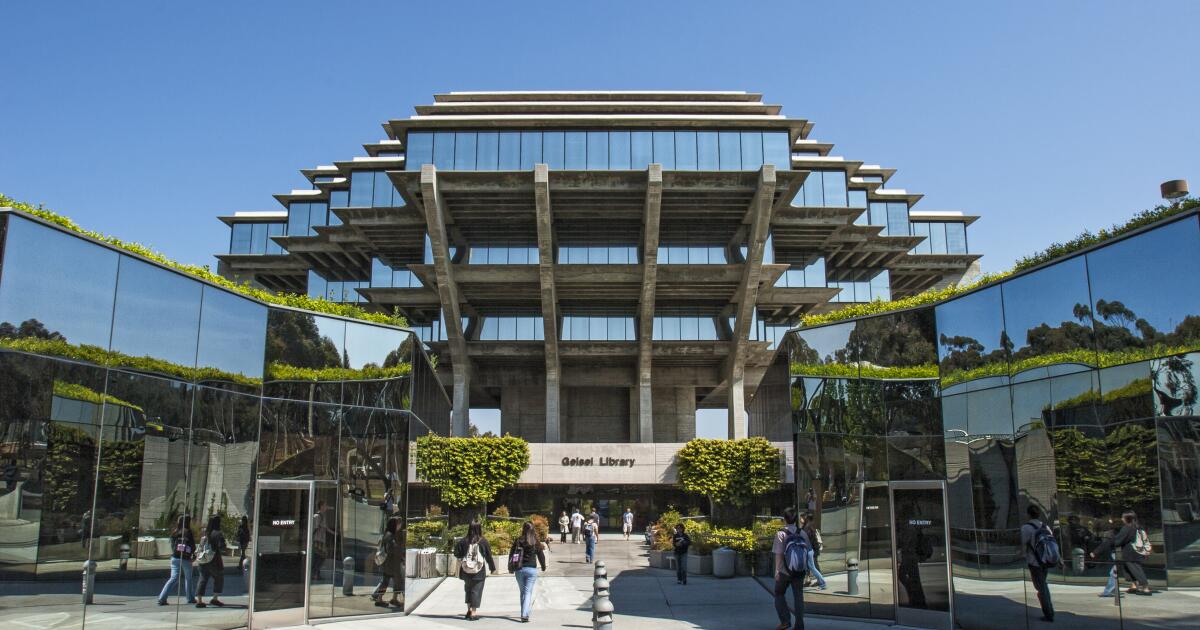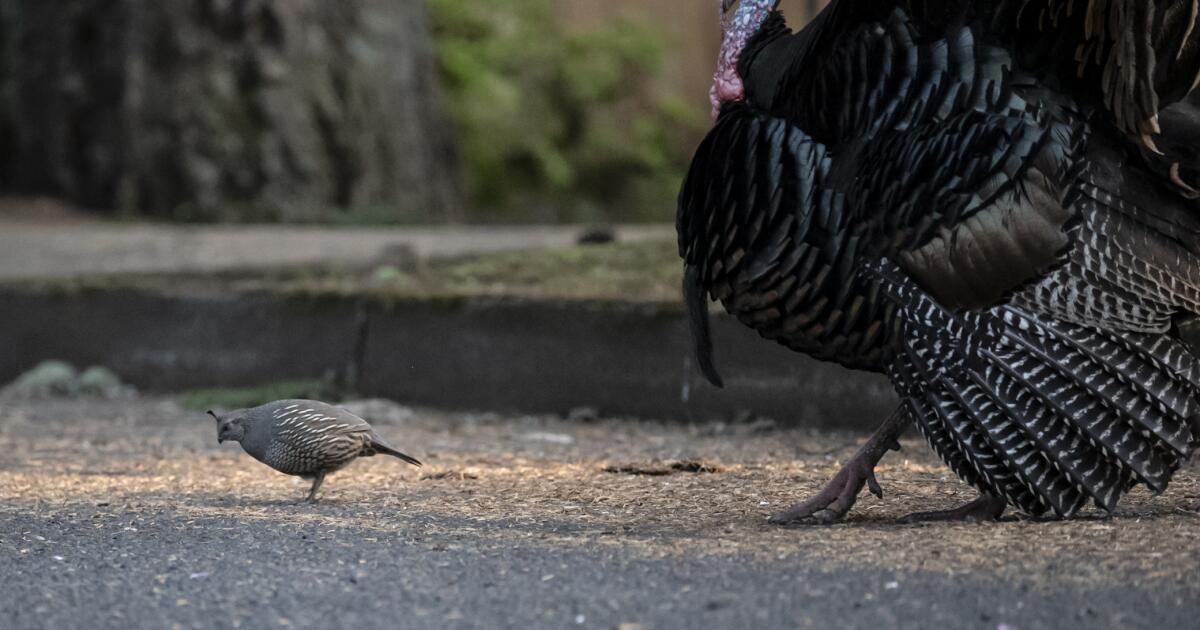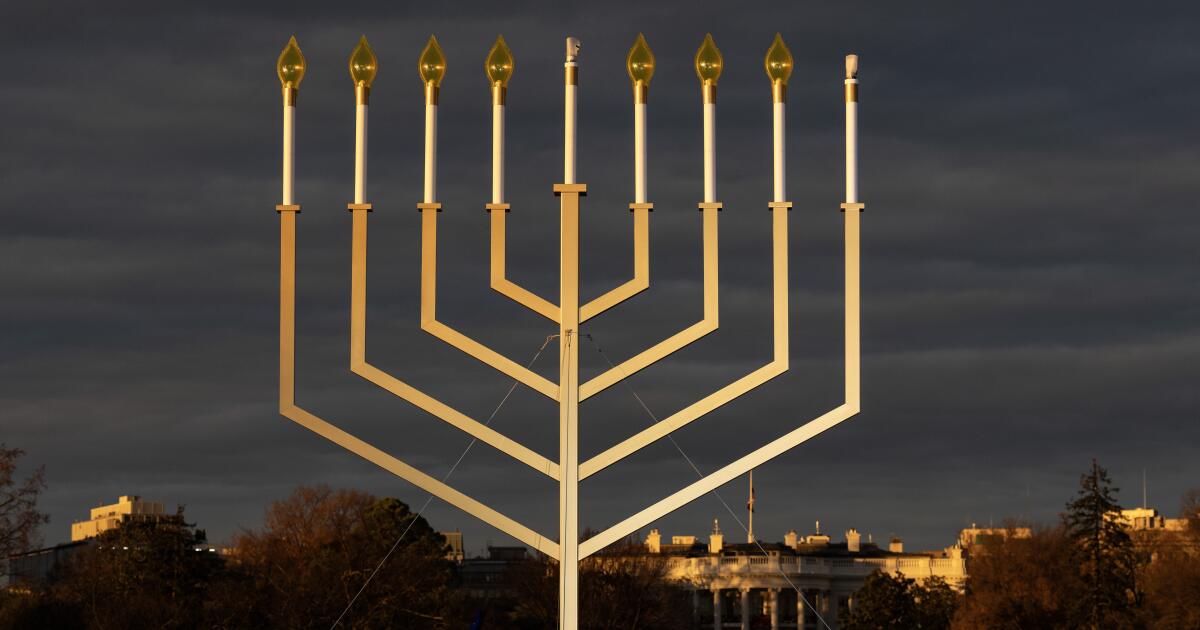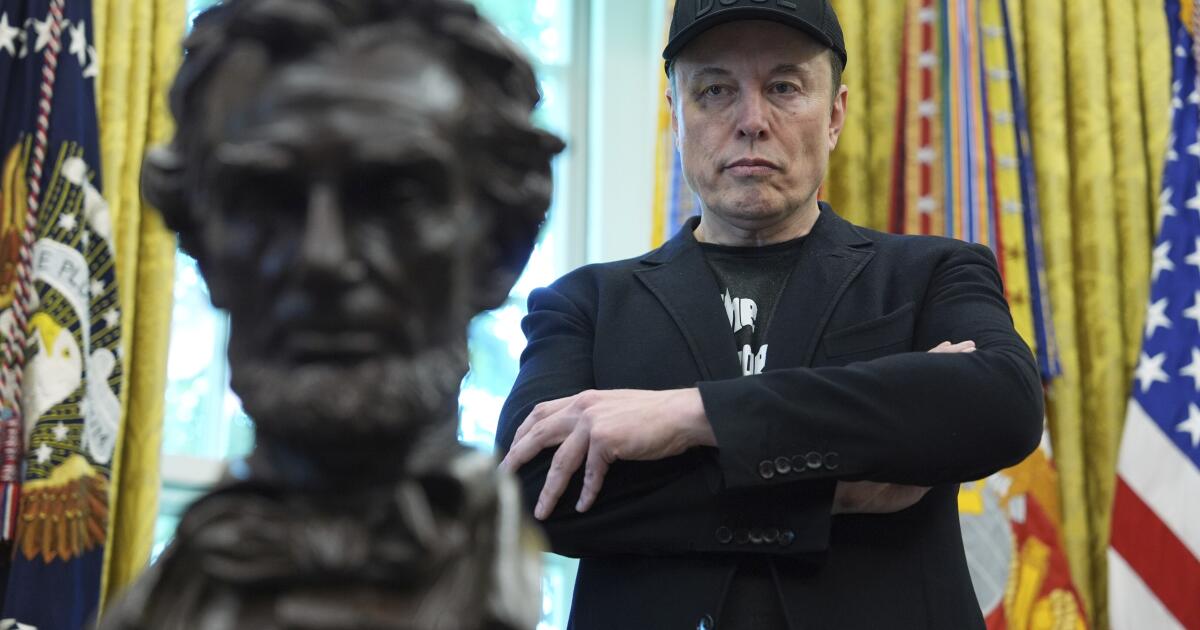American love stories have a default race: white. If the love story is “interracial,” one person is white and the other is not. In a standard American romantic comedy, the only non-white characters are the white protagonist's best friends or supported colleagues.
Quincy, a black man, and I, a South Asian woman, are neither of those things.
“All I could think about on the way here is when am I going to kiss you,” Quincy told me one day in 2009, three weeks after we met. It was the “when” that got me; I was that impatient too.
More than 50 years earlier, on July 11, 1958, Richard and Mildred Loving woke up around 2 a.m. to find their local sheriff shining a flashlight on them.
“What are you doing in bed with this woman?” “She,” she asked Richard.
Richard was white and Mildred was black.
The Lovings were accused of violating Virginia's Racial Integrity Act of 1924, which criminalized marriage between people classified as “white” and “colored.” The Lovings took their case all the way to the United States Supreme Court, which unanimously struck down the Virginia law and ended race-based restrictions on legal marriage nationwide on June 12, 1967.
The date is now recognized by cities, states, and organizations across the country as the Day of Love. It should be a national holiday.
I'm not sure how the authorities would have considered Q and me back then: whether they would have considered us an interracial couple or not. Would they have even cared about our union since neither of us are white?
What I do know is that paranoia about interracial relationships is not unique to white Americans.
Early 20th-century Indian immigrants to the United States, for example, invoked anti-miscegenation rhetoric as a way to establish their citizenship rights. Bhagat Singh Thind, writer and World War I veteran, used the language of caste apartheid to present your own case to the Supreme Court in 1923: “The high-caste Hindu regards the aboriginal Mongoloid Indian in the same way that the American regards the negro, speaking from a marital point of view.” In short, his argument was that, as an upper-caste person, he was virtually white and therefore eligible for citizenship under federal immigration law, which limited naturalization to people of European and African ancestry.
Thind's tactic—weaponizing one type of discrimination against another—failed. The court ruled against them, and as a result, about 50 American Indians had their citizenship revoked for the next three years.
Five years after Loving vs. Virginia, my parents, united by the kind of intercaste “love” marriage that Thind argued, would come to America. Its passage was facilitated by the Immigration and Nationality Act of 1965, with which the country opened its doors more than ever to immigrants of Asian descent, although it prioritized qualified professionals who could contribute to the space race and other national priorities: scientists, engineers, doctors.
The American government's desire to defeat the Russians may have influenced the legislation, while schooling, class and caste privileges meant that many Asian immigrants of the time were able to obtain medical and engineering degrees. But it was the civil rights movement led by African Americans that really gave these newcomers the opportunity to have a more humane and equitable life here.
And yet, if it weren't for Loving Day, I'm not sure I would have known the Lovings as civil rights pioneers.
It was Quincy who pointed out his story to me. In 2017, he (by then my husband) found a calling for interracial couples to recreate a Iconic 1965 image of Richard and Mildred Loving, photographed by Gray Villet for Life magazine seven years after his arrest. I suggested that we participate.
I always read the photo as showing Mildred doing something else when Richard took her in his arm. The husband's face is tilted toward the camera as he leans in to kiss his wife. Mildred looks busy: perhaps it's her posture, not leaning toward Richard but upright; maybe it's her hair, not tied up for the camera but with utilitarian bobby pins. She seems to capture a moment of hug, of love, in the middle of a typical day.
Maybe that's what made me feel like we could inhabit this photo. Quincy is always trying to pick me up while I'm doing one of 10 million things in a day.
I think that's the power of the photo. America doesn't tend to read race as a love story. Race in America is seen as a story of pain and tragedy. But people are more than pain, more than tragic. Our lives together are both ordinary and extraordinary.
That's exactly what Richard and Mildred were fighting for: the right to a normal life, kissing in the midst of the 10 million things of the day.
The Lovings' case would become a precedent for the Supreme Court's ruling in Obergefell v. Hodges, which legalized same-sex marriage in 2015. The court ruled that “the right to marry is a fundamental right inherent in the liberty of the person, and…same-sex couples may not be deprived of that right and of that freedom.”
The Pew Research Center found a more than five-fold increase in interracial marriage in the half-century since Loving vs. Virginia, with about 1 in 6 honeymooners married to someone of a different race.
For me, the Day of Love is a testimony to the everyday life of a certain civil disobedience. It is also a challenge to the anti-blackness that confuses South Asian communities. From Thind onward, complicity in anti-Black racism has been one of the ways South Asians have attempted to claim citizenship in the United States, so anti-Blackness will always be tied to both assimilation and oppression based on castes.
“When am I going to kiss you?” Quincy said. We wait out of courtesy, for privacy, and to freely express our mutual passion. But that freedom is fragile.
In his disagreement with the 2022 decision that overturned Roe v. Wade, Justices Stephen G. Breyer, Elena Kagan and Sonia Sotomayor warned that “no one should trust that this majority has finished its job,” calling Roe and Obergefell “part of the process.” same constitutional fabric, protecting autonomous decision-making about life's most personal decisions.”
Like the Lovings, we can't be sure that history won't tear us away from our 10 million things, threatening us with a flashlight from the edge of our bed. The Day of Love is not simply about celebrating the past. It is to ensure that a future of freedom for love in all its forms is not an “if” but a “when.”
Nina Sharma is the author of “The way you make me feel: love in black and brown.”

